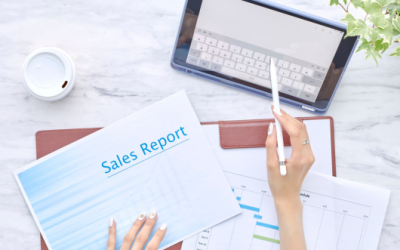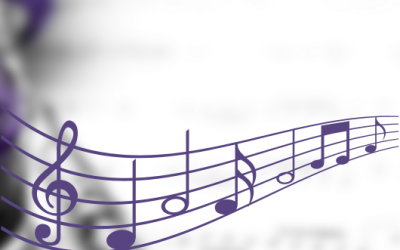[vc_row][vc_column][vc_column_text]Over the last few weeks, we have talked about a real issue for sales and marketing professionals and that is Follow Up Fatigue. Follow Up Fatigue happens when you spend too much time following up on leads which are not your best leads. It is time consuming and negatively affects other areas of your business. You can read more about Follow Up Fatigue and how to prevent it here. We also took a deeper diver into using your CRM’s automation features for efficient and effective follow up.
This week, we want to talk about “low hanging fruit”. Fruit is good for us, but in business, low hanging fruit actually can be bad for you and make you more susceptible to Follow Up Fatigue. Low hanging fruit is defined as something that can be won or obtained with little effort. In business it can be considered “easy money” or a quick fix.
Consider when you go to an apple orchard, the best apples are always at the top. It takes more effort to get to the top, so it is easier to pick apples within reach. You may think this is not a bad thing, but when you fill up your basket with the low hanging apples, you run out of room for the best apples. Similarly, in business, “low hanging” leads may be easy to attain, but the quality is not as good as the higher hanging leads. When you fill your pipeline with low hanging leads, you run out of room for quality leads. Now all your time and resources are spent following up less than desirable leads. Follow Up Fatigue begins to set in.
We would like to share a couple of ways to help you keep your eye on that delicious looking apple at the top of the tree.
- Take time to listen to your quality customers. It is always a good idea to listen to all of your customers but pay special attention to consistent and repeat customers. Why do they keep coming back to you? What need are you meeting that your competitors are not meeting? Is it a feature? Is it a specific product? Is it price? Is it customer service? Listening helps you make your product and service better. It prevents you from making assumptions. Assumptions create a disconnect while listening creates a bond.
- Define your ideal customer and create a customer profile or persona. We all have the perfect client in our heads. We look at the customers that we enjoy helping and say things like, “Man, I wish every customer was like them.” Take the characteristics, both behavioral and personality, of those customers and create a persona. A persona is the fictional profile of your ideal customer. At the same time, you can create a persona of the customer who is NOT ideal to help you identify the ones that are high maintenance and a money pit.
- Share your personas with your team. Often times, salespeople are pushed to sell, sell, sell and the marketing team is pushed to advertise, advertise, advertise. This is good, but it is NOT good when every lead is treated the same. When you share the profiles of your ideal customer and train your team to market and sell to those targets, your salesperson will recognize qualified leads and know when to flag an unqualified lead. At the same time, your marketing department will be able to create content and advertisements that will attract and relate to that delicious apple at the top of the tree.
If you do not have your ideal customer on paper, your team will have a hard time differentiating low hanging fruit from the high hanging fruit. When there is no difference, the low hanging fruit will grab your attention because it is easy while costing you more money and resources and you will most likely suffer from Follow Up Fatigue. With the new year around the corner, now is a great time to take your team through a persona exercise, so your team is ready to go after the ideal customer in 2020. If you have questions about defining your ideal customer and creating personas, we would love to talk to you. Contact us to learn more.[/vc_column_text][/vc_column][/vc_row][vc_row][vc_column][vc_custom_heading text=”More Topics About Follow Up Fatigue” font_container=”tag:h2|text_align:center” use_theme_fonts=”yes”][vc_empty_space][vc_basic_grid post_type=”post” max_items=”2″ element_width=”6″ orderby=”rand” grid_id=”vc_gid:1598360092749-e94981dc-5e9b-8″ taxonomies=”24″][/vc_column][/vc_row]





